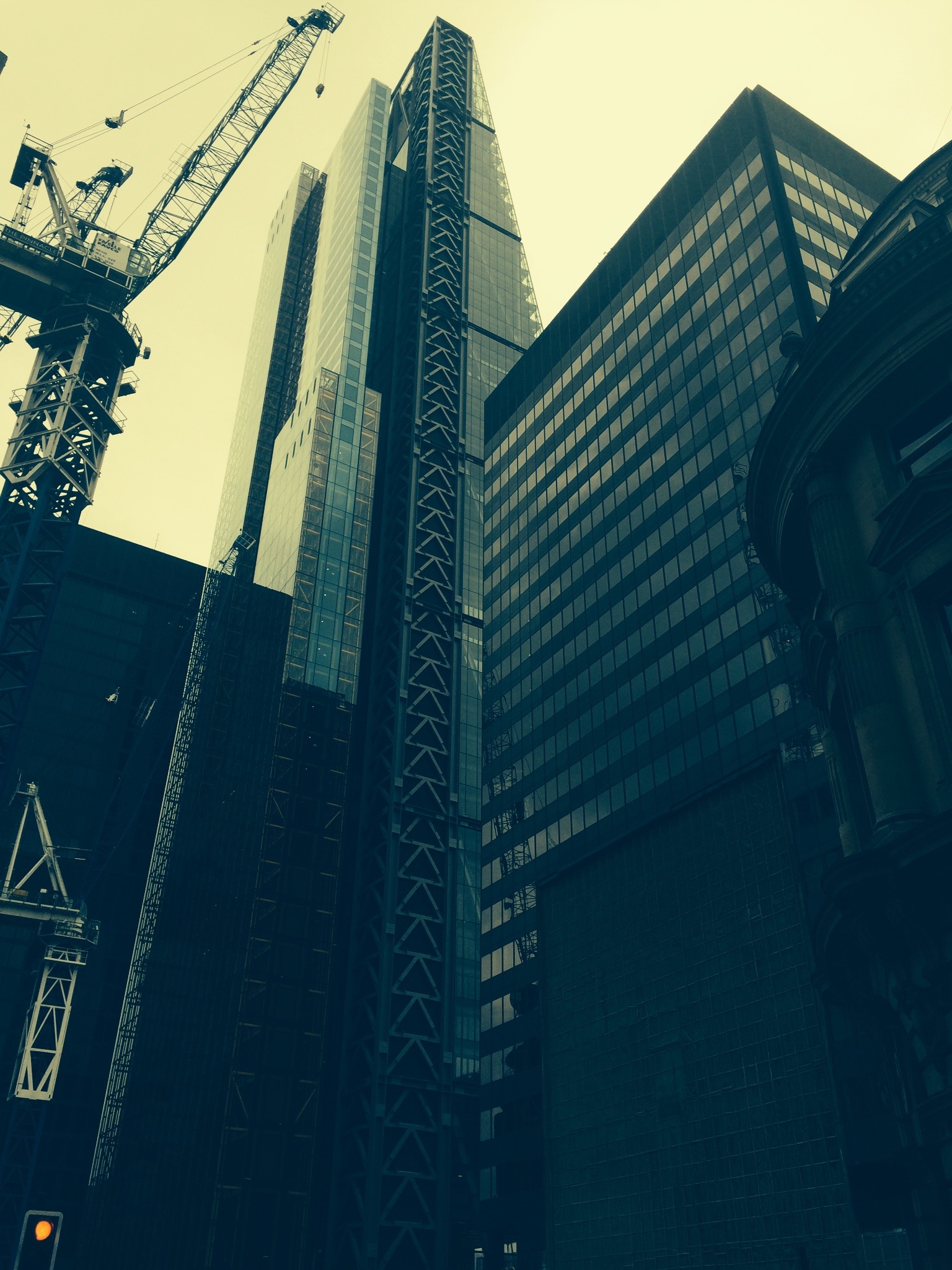The design of the Grenfell memorial should reflect the profound significance of the tragedy, while offering solace, remembrance, and a message of hope. Drawing inspiration from historical precedents, we can consider several key factors:
Inclusivity and Community Involvement: Like the Vietnam Veterans Memorial in Washington D.C., which was the result of a highly collaborative design competition, the Grenfell memorial should involve the community impacted by the tragedy. Their input will ensure that the memorial resonates personally and collectively, embodying the voices and experiences of those who lived through the event.
Minimalism and Thoughtful Landscaping: Historical memorials such as the Hiroshima Peace Memorial Park show the power of simplicity and purposeful design. The Grenfell site could integrate green spaces, offering a serene and contemplative environment where visitors can reflect.
Symbolic Architecture: Drawing from examples like the Memorial to the Murdered Jews of Europe in Berlin, the Grenfell memorial could utilize symbolic design elements that represent themes of loss, endurance, and justice. This might include using salvaged materials from the original tower to maintain a tangible link to the site.
Interactive and Educational Components: As seen with the Holocaust Memorial Museums, combining physical monuments with educational exhibits can emphasize the importance of learning and remembrance. The Grenfell memorial could feature a visitor center or learning hub where people can explore the story and its wider implications on social housing policy and fire safety.
Memorial as a Space for Healing and Dialogue: Similar to the Oklahoma City National Memorial, which is designed not only to remember but to promote healing and hope, the Grenfell memorial should create spaces for gathering, dialogue, and community events. This would serve to foster unity and ongoing conversation about social justice.
Incorporating these elements, the memorial would not only serve as a poignant tribute to those affected by the Grenfell tragedy but also offer a crucial platform for awareness and change, ensuring that such an event is never repeated.

This is a thoughtful exploration of the various aspects that could make the Grenfell memorial not just a monument, but a living space for remembrance and communal healing. I’d like to add that the concept of participatory design can further enhance the memorial’s significance. By involving artists, architects, and even local schools in workshops, we can create a dynamic atmosphere where the community not only contributes ideas but engages with the design process itself. This could lead to unique art installations or features that embody personal stories, making it even more relatable and supportive for those grieving and reflecting on their experiences.
Additionally, considering the long-term maintenance and environmental sustainability of the memorial can reinforce its message of enduring hope and respect for those lost. Utilizing native plants in the landscaping can symbolize resilience—showcasing life that thrives in adversity. Finally, ongoing programs that foster dialogue around the themes of social justice and housing could ensure that the memorial remains a vital part of the community, reinforcing the idea that remembrance is not a single moment, but a continuous journey toward change.
Thoughts on the Grenfell Memorial Design
As a London resident, I resonate deeply with the sentiment shared in this post about the Grenfell memorial design. It’s crucial that we approach this undertaking with the utmost sensitivity and thoughtfulness, ensuring that it truly reflects the voices of those affected.
In addition to the ideas already presented, I’d like to highlight a few more considerations: